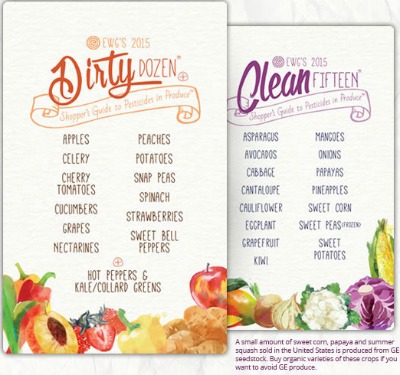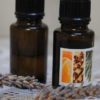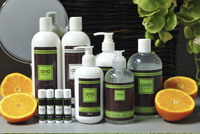The Environmental Protection Agency (EPA) has a list of 99,000 chemicals and pesticides on file. In any one day, a man or woman can take in over 500 percent of what is considered the safe limit of toxic residue. These toxins accumulate in our bodies causing all sorts of havoc. Our nutrition suffers, we see more neurological disorders or very disruptive hormonal imbalances. Look around you and you can see the effect of all the toxins in most every person you encounter. Their thyroid is out of whack, they can’t lose weight, can’t sleep or have developed some mysterious autoimmune disease or skin condition. Here is an excerpt from the report, published in the Lancet Neurology Journal.
“Neurodevelopmental disabilities, including autism, attention-deficit hyperactivity disorder, dyslexia, and other cognitive impairments, affect millions of children worldwide, and some diagnoses seem to be increasing in frequency. Industrial chemicals that injure the developing brain are among the known causes for this rise in prevalence.”
What are these toxins and how do we lessen our load?
There are too many to list but let’s start with some top contenders.
Pesticides are a huge contender in environmental toxins. Round Up is a very common pesticide used on many crops. The active ingredient in Round Up is called glyphosate. It has been shown that this chemical kills beneficial bacteria which if in our gut causes a lowering of our immune system because a large percent of our immune system is comprised of our gut and its beneficial bacteria. Other problems that can arise is a disruption of our endocrine system, reproductive harm, and possible certain cancers.
Bisphenol-A (BPA) is a widely used synthetic estrogen that has been used to fatten up livestock, put in plastics to make them pliable, linings of cans, Tupperware, plastic bottles and on grocery store receipts. Industry uses more than 12 billion pounds each year. This synthetic estrogen has been a suspect in estrogen dominance in women, uterine fibroids, endometriosis, and hormonal cancers.
Phthalates are also found in plastics and many of the places that BPA is found. Phthalates leach out of vinyl floors and shower curtains and are inhaled. In fact, phthalates are used to fix colors and scents in the personal care products you find around the house. Think of any perfumes, scented candles, air fresheners, colognes, shampoos, conditioners, dryer sheets and anything that has a scent to it. We absorb them and inhale them. These have been suspected of disrupting thyroid function, causing reproductive problems, and endocrine cancers.
This list goes on and on and can be overwhelming to think about. There is, however, hope. Don’t let that vast array of chemicals keep you from trying to clean up, it’s really not as hard as you think to remove toxins from your environment. Here are 3 steps you can take to decrease your toxic load.
The first thing that can be done is to clean up your diet. Simple swaps for cleaner items than what you normally purchase is the place to start. Start with organic food. I know it can be more expensive but not always. If cost keeps you from eating organic, then start by eliminating the dirtiest dozen foods that have the most pesticide residue. By just replacing the dirty dozen fruits and veggies with organic options, a CNN report on June 1 2010 claims you can decrease your pesticide exposure by 80%. A great place to start. Check out the list below and make at least those dirty dozen organic.

The second thing one can do is to clean up your personal care products. The average woman that gets ready for work leaves the house with over 200 chemicals absorbed into the skin. Again, simple swaps for items you need to replace with less toxic items makes it a more doable task. Just one product at a time. Use the website ewg.org to compare the toxicity in your personal products. Choose products less toxic. You don’t have to know or memorize all the toxins you are trying to avoid if you use this site to do the comparisons for you.
The third thing one can do is to exercise your body and drink more clean water. Moving your body helps you sweat out the toxins that have gotten in your body. It gets your body fluids moving and helps to keep you regular. Daily elimination is important to help your body do its job to eliminate toxins from the body and plenty of water and exercise will contribute to proper elimination.
Of course there are many more things that can be done, but my goal is not to make this overwhelming or difficult. It’s to just give you a start. If you feel you need more, I am happy to talk with you. I have programs that can help get you on your way to a less toxic lifestyle. Never hesitate to reach out for more assistance



![z31[1]](https://simplywholebydevi.com/wp-content/uploads/2018/06/z311-100x100.jpg)












